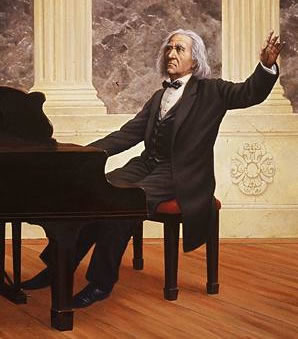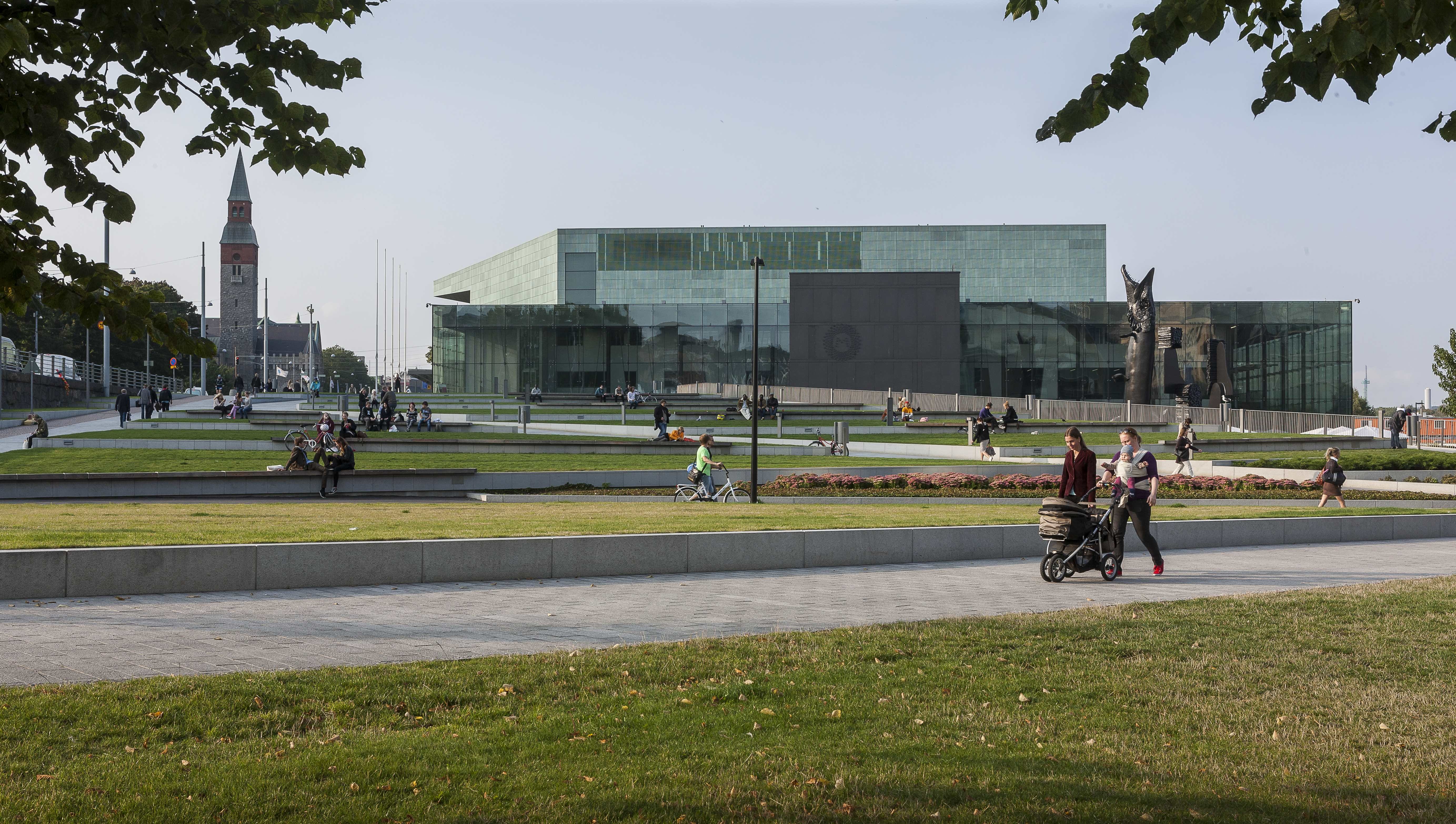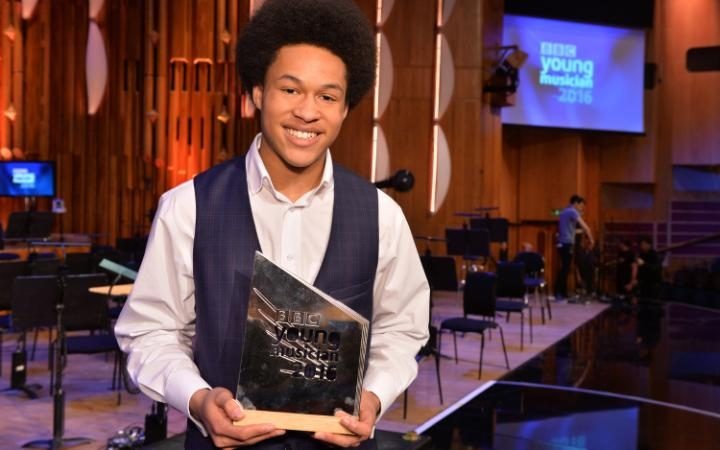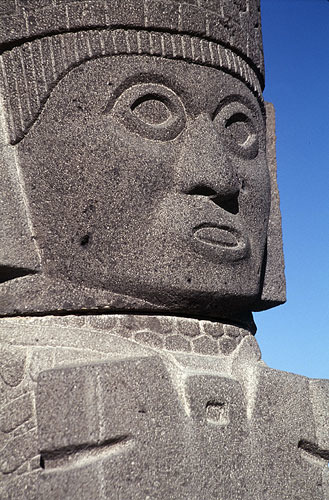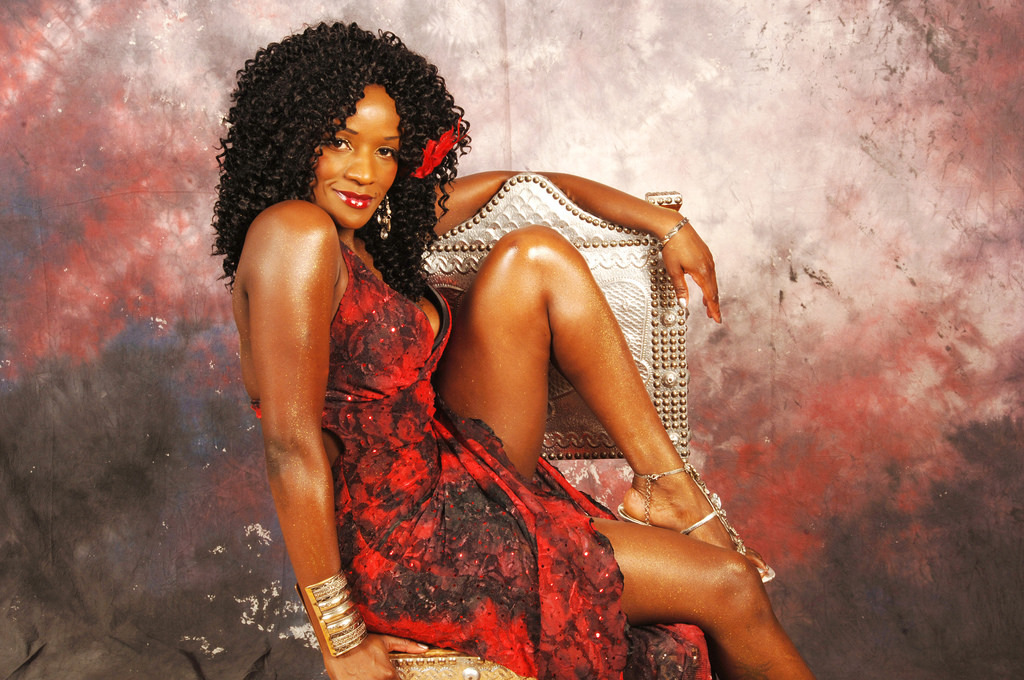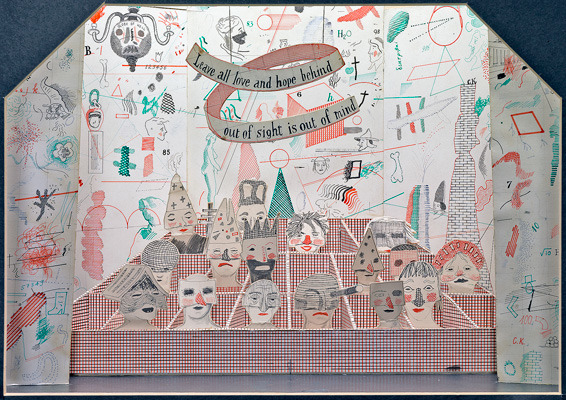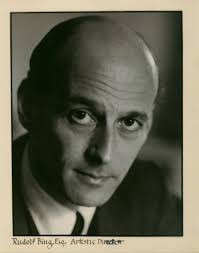In our earlier series on C major and minor, G major and minor, and D major and minor, and A major and minor, E major and minor, B major and minor, F sharp major and minor, and C sharp major
June, 2016
What springs to mind when you think of Europe’s great music colleges? Germany? Britain? Austria? Take a leap north-east, and you’ll come across Sibelius Academy, unassumingly nestled in Helsinki’s University of the Arts, ranking at number 7 in the QS
Bartok may have declared that competitions were “for horses”, but this year’s prestigious BBC Young Musician competition, which has just reached its thrilling conclusion with the prize being awarded to cellist Sheku Kanneh-Mason, proved above all that music brings joy
Pianist Anne Queffélec (b. 1948) entered the Paris Conservatoire at age 16, winning the first prize for piano in 1965 and the first prize for chamber music in 1965, and those two fields have been the core of her performing
Requiring a large orchestra and with 10 movements, the first symphony written by Olivier Messiaen (1908-1992) was a monumental achievement. Commissioned by Sergey Koussevitzky for the Boston Symphony Orchestra, it took Messiaen 2 years to write it, completing it in
“Minors of the Majors” invites you to discover compositions by the great classical composers that for one reason or another have not reached the musical mainstream. Please enjoy, and keep listening!
In earlier articles we’ve looked at how art has inspired music. Now, we’re taking a look at the artists working within music. The English artist David Hockney (b. 1937) works in many different media as a painter, a draughtsman, printmaker,
The opera stars of the1950s to 1970s have become household names: Maria Callas, Renata Tebaldi, Richard Tucker, Robert Merrill, Joan Sutherland and Franco Corelli. The names of the great impresarios of that time, however, remain largely in the dark. With

